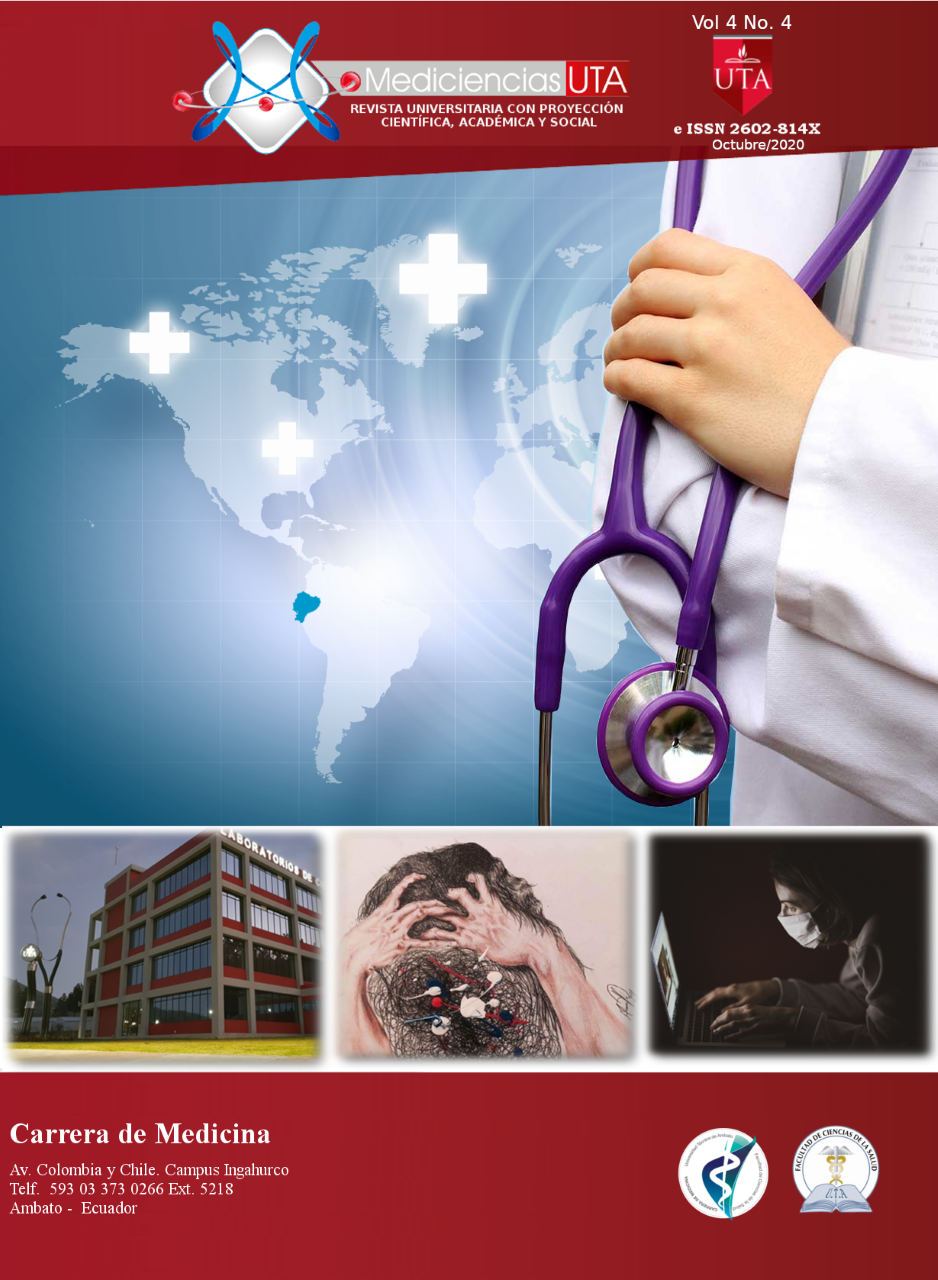Waardenburg Syndrome Type I unusual condition in pediatric population.
Main Article Content
Abstract
Introduction: Waardenburg syndrome (SW) is a rare genetic disorder with an incidence of 1 per 40,000
inhabitants. It is caused by mutations in multiple genes; these genetic alterations cause abnormalities in the
development of tissues derived from neural crest cells and produce characteristic phenotypic findings such as light blue irises or iris heterochromia, poliosis, sensorineural deafness, among others.
Objective: Describe a clinical case of Waardenburg Syndrome
Material and methods: Descriptive, retrospective study, presentation of a clinical case.
Results: We present a clinical case of a 3-year-old male pre-schooler with a family history: paternal
grandfather, father and paternal brother with a probable genetic history of SW. The importance of the W index
in the diagnosis and classification of the syndrome is established. The findings reported here show the
variability of phenotypic manifestations according to classification. Thus, it contributes to an early and timely
diagnosis to act for the benefit of children's health.
Conclusions: Waarbendurg Syndrome presented in this clinical case is type 1, an unusual finding in Pediatrics.
It differs from type 2 clinically by cantorum dystopia, which is characteristic of WS type 1. This case is
reported in order to contribute to early diagnosis and contribution to a better quality of life.



